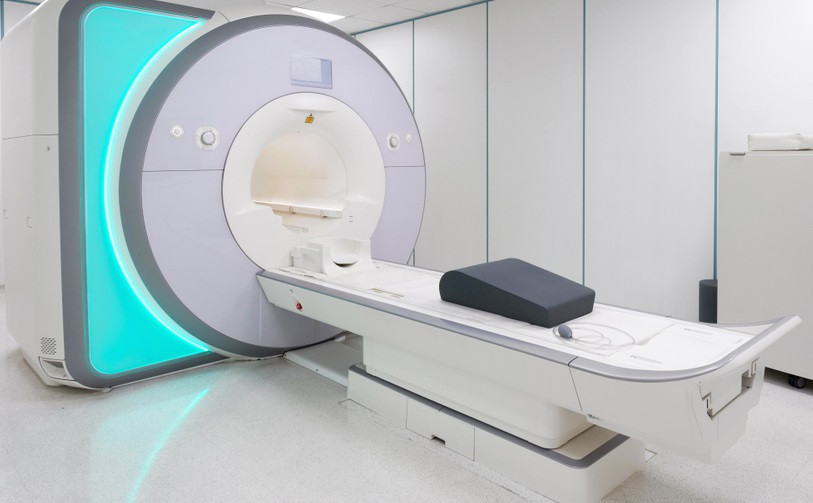
***Introduction:
Teleradiology, the remote interpretation of medical images, has become an indispensable part of modern healthcare. However, like any innovative field, it’s surrounded by myths and misconceptions. In this article, we’ll debunk seven common myths and misperceptions about teleradiology, shedding light on its real-world impact and benefits.
***Myth 1: Teleradiology is Less Accurate Than On-site Radiology:
Reality: Teleradiology services are held to the same high standards as on-site radiology. Advanced technology, quality control measures, and the expertise of teleradiologists ensure accurate diagnoses.
***Myth 2: Teleradiologists are Less Qualified:
Reality: Teleradiologists are board-certified, highly trained professionals with expertise in various subspecialties. They often have years of experience in both clinical and teleradiology settings.
***Myth 3: Teleradiology Compromises Patient Privacy:
Reality: Teleradiology platforms adhere to strict data security regulations and encryption protocols, ensuring patient privacy is maintained. Protected health information (PHI) is handled with the utmost care.
***Myth 4: Teleradiology Reduces the Need for On-site Radiologists:
Reality: Teleradiology complements on-site radiology services. It provides support during off-hours, weekends, and shortages, ensuring that patients receive timely and accurate diagnoses.
***Myth 5: Teleradiology Leads to Job Losses:
Reality: Teleradiology creates new opportunities for radiologists. It allows them to work remotely, expanding their reach and the scope of their services. It can also alleviate burnout by providing coverage during peak workloads.
***Myth 6: Teleradiology is Solely for Rural Areas:
Reality: Teleradiology benefits both rural and urban healthcare facilities. It can improve turnaround times, reduce costs, and enhance efficiency in various settings.
***Myth 7: Teleradiology is Impersonal:
Reality: Teleradiologists collaborate closely with on-site clinical teams, providing consultations and participating in multidisciplinary discussions. They are a vital part of the patient care continuum.
***Conclusion:
Teleradiology is a dynamic and essential component of modern healthcare, breaking down geographical barriers and improving access to radiological expertise. Debunking these myths and misperceptions reveals the true value of teleradiology in delivering high-quality patient care, enhancing radiologist job satisfaction, and ensuring the privacy and security of medical data. Understanding the reality of teleradiology is key to embracing its full potential in the ever-evolving landscape of healthcare.
Service Areas:– Dimapur – Niuland, Kuhoboto, Nihokhu, Dimapur Sadar, Chumukedima, Dhansiripar, Medziphema; Kiphire – Amahator, Khongsa, Kiphire Sadar, Kiusam, Longmatra, Pungro, Seyochung, Sitimi; Kohima – Tseminyu, Chiephobozou, Kezocha, Jakhama, Kohima Sadar, Sechu, Ngwalwa, Jalukie, Athibung, Nsong, Tening, Peren; Longleng – Tamlu, Namsang, Yongnyah, Longleng, Sakshi; Mokokchung – Longchem , Alongkima, Tuli, Changtongya, Chuchuyimlang, Kubolong, Mangkolemba, Ongpangkong; Mon – Naginimora, Tizit, Hunta, Shangyu, Mon Sadar, Wakching, Aboi, Longshen, Phomching, Chen, Longching, Mopong, Tobu, Monyakshu.
